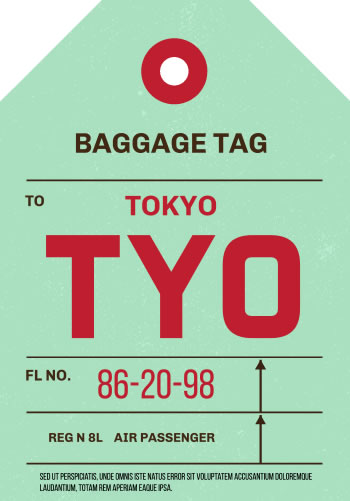
For anyone that has flown on a commercial airplane, they would be familiar with the 3-letter International Air Transport Association (IATA) airport codes. Even if you’ve never heard the official title; it’s the three letters that indicate which airport, travelers and goods will be flying through. Some of the most popular location indicators are LAX, for Los Angeles International Airport, DUB, for Dublin Airport, and ATL for Atlanta International Airport.
For most airport locations, the first three letters of the city are enough information. Boston uses BOS; Miami is MIA, Madrid is MAD, and so on. In some cases, the codes are easy to understand, but only if you are familiar with the entire name of the airport in question. DFW is Dallas/Fort Worth, Texas, and Salt Lake City uses SLC. However, there are many cases this does not make sense.
In the United States alone, there are several cities named Portland which have airports. PDX is used for Portland, Oregon while PWM is used for Portland, Maine. One of the busiest airports in the entire world, Beijing, China used PEK to represent the name Peking, which is what the city of Beijing was called prior to the formation of the People’s Republic of China in 1949. Several more airports use the codes for their former city names, such as Mumbai, India using BOM to represent Bombay, and Yangon, Myanmar uses RGN to represent Rangoon.
If you’ve ever flown into or out of Canada, you are probably fairly familiar with the fact that Canada starts mostly all airport codes with the letter Y. This started in the early days of aviation when the letter Y was used in all station’s radio communication location codes. Today, we have this same carry over with Canada for airports such as Toronto, Ontario being YYZ, and the Quebec City Jean Lesage International Airport using YQB.
Airports typically use the first three letters of the destination, but since there are more airports than codes left to make easy work to decipher them, some many seem a bit strange. With the letter Y starting Canadian airport codes, and some codes staying the same even after the change of a city name, it can get a bit confusing.
 Air-Port-Codes
Air-Port-Codes